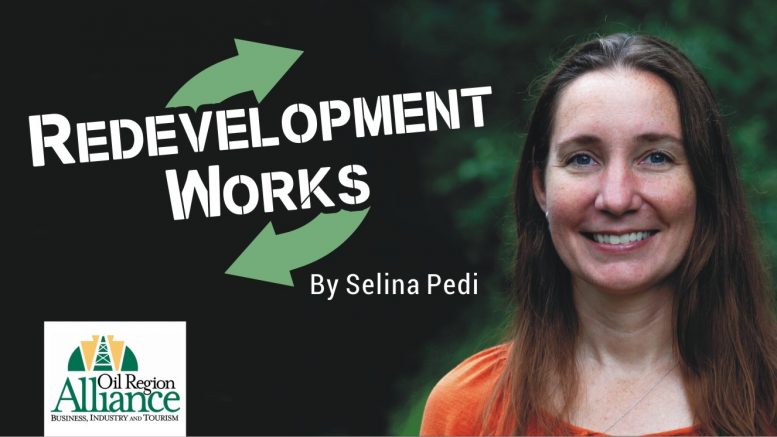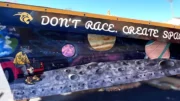Ever wonder how redevelopment projects are prioritized and planned? For those not involved in the behind-the-scenes strategy sessions involved in redevelopment work, it can sometimes seem like decisions are made somewhat arbitrarily, or opportunistically. Frankly, sometimes it seems like that to those of us in redevelopment, too! But there are tools available to help when organizations have big decisions to make, and I’d like to introduce you to one such tool that we use regularly in our regional redevelopment planning here in NW Pennsylvania.
The tool is called Envision, and it was developed through a partnership with the Institute for Sustainable Infrastructure (ISI) and the Zofnass Program for Sustainable Infrastructure at Harvard University. The ISI itself was founded through a collaboration between the American Public Works Association (APWA), the American Society of Civil Engineers (ASCE), and the American Council of Engineering Companies (ACEC). You can find heaps of detailed information on the ISI and the Envision framework at sustainableinfrastructure.org, but, in a nutshell, Envision is “the only comprehensive tool in North America that can assist [in delivering projects that tackle] climate change, addresses public health needs, cultivates environmental justice, creates jobs, and spurs economic recovery.” From large projects to small, Envision helps planners and managers ensure that the right project is being done for the right reasons, in the right ways.
I was fortunate enough to learn about Envision through a class I took while pursuing my master’s degree in Community Resilience, and I’ve been a strong advocate ever since. As of last year, I even get to help teach that class, and if you are involved in redevelopment or infrastructure or community works of any kind, I highly recommend checking it out! What I love about Envision is that it helps us think of ALL the things – from big-ticket construction-related issues to the oftentimes less visible but even more crucial social elements of redevelopment projects. It is a tool that can be used in the planning stage as well as an evaluation mechanism once a project is underway or completed. Personally, I feel the sooner a project team starts using Envision, the more helpful it will be. It’s a lot easier, and cheaper, to fix mistakes or omissions in the planning and design stages than it is once something is built!
Envision really gets into the nitty-gritty of all the components that create authentic sustainability in any project or program, breaking the framework down into five categories: Quality of Life, Leadership, Resource Allocation, Natural World, and Climate and Resilience. Within those categories, there are a total of 64 sustainability and resilience indicators, called Credits, in which managers can assess their project goals and achievement. When used to evaluate a project after substantial completion, Credits can be tallied to verify and reward levels of achievement: Improved, Enhanced, Superior, Conserving, or – the crown jewel of Envision awards – Restorative.
Here in our region, Envision is currently being used to help us determine the best paths forward with our Innovation Ecosystem initiative as well as with individual projects, like brownfield redevelopment in Emlenton and Oil City. If you’d like to learn more about Envision or any of the projects in the works, shoot me an email or join us in Foxburg every Friday from 1-3 p.m.!
Selina Pedi is the Oil Region Alliance redevelopment manager. She can be reached by email at spedi@oilregion.org.





























